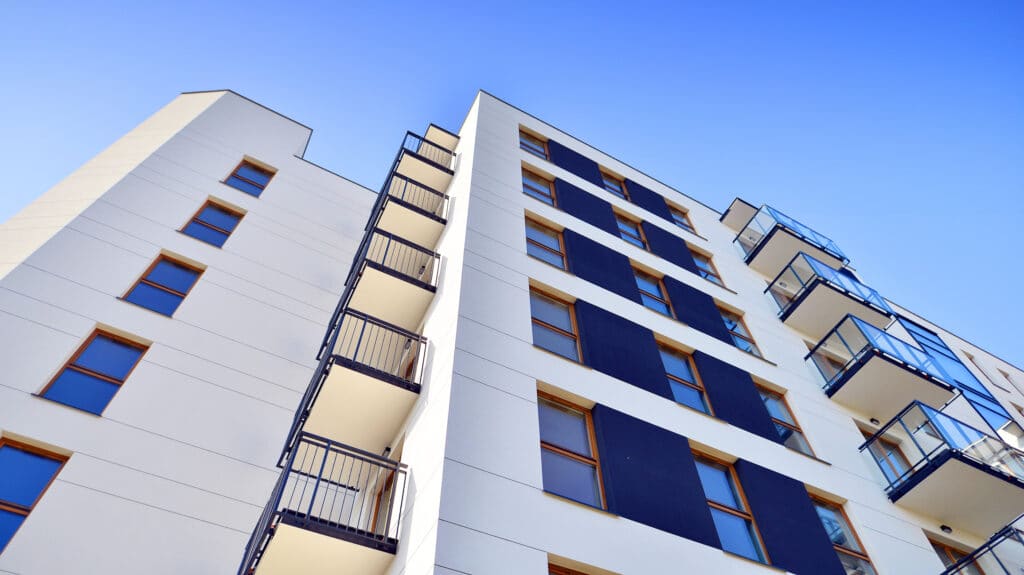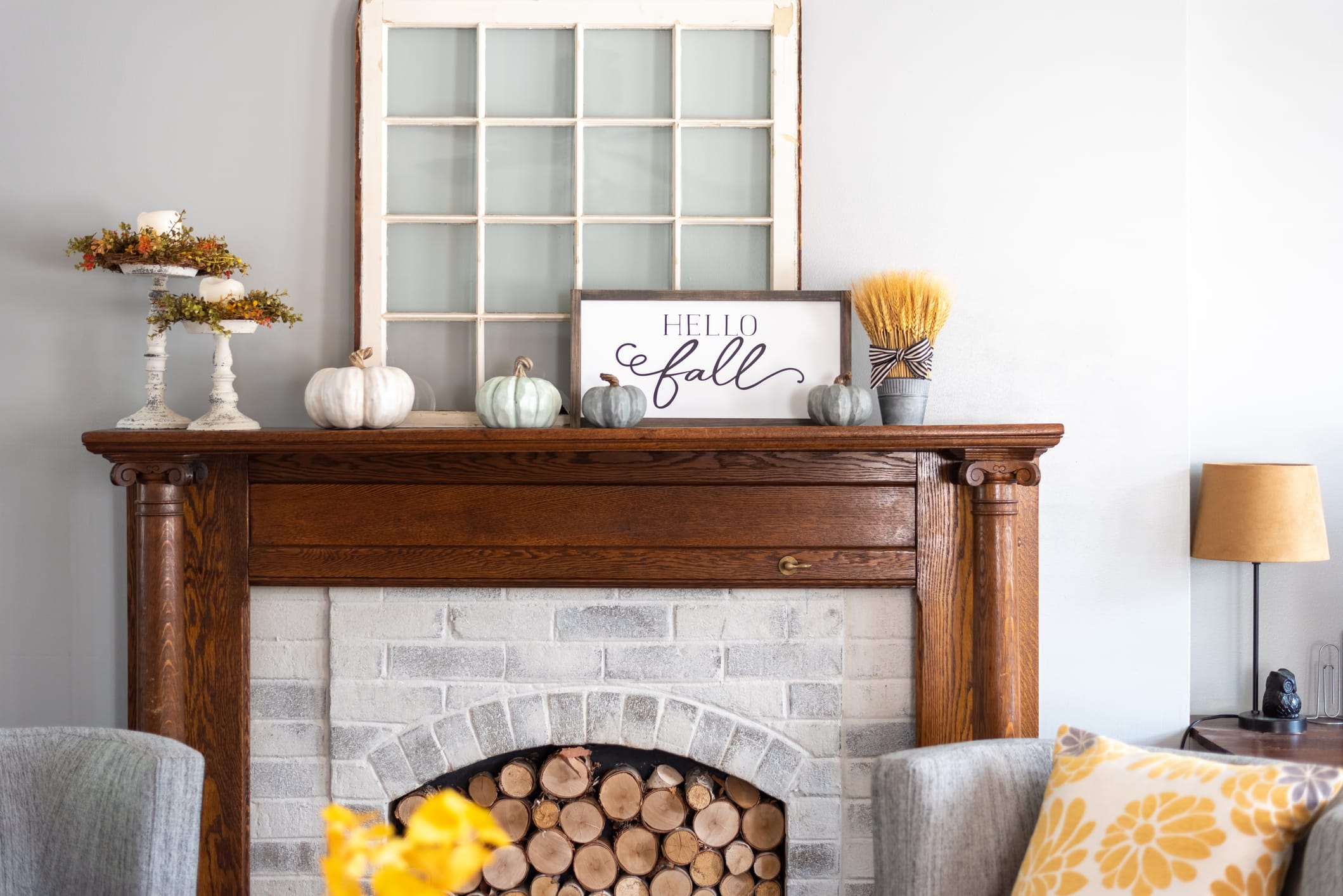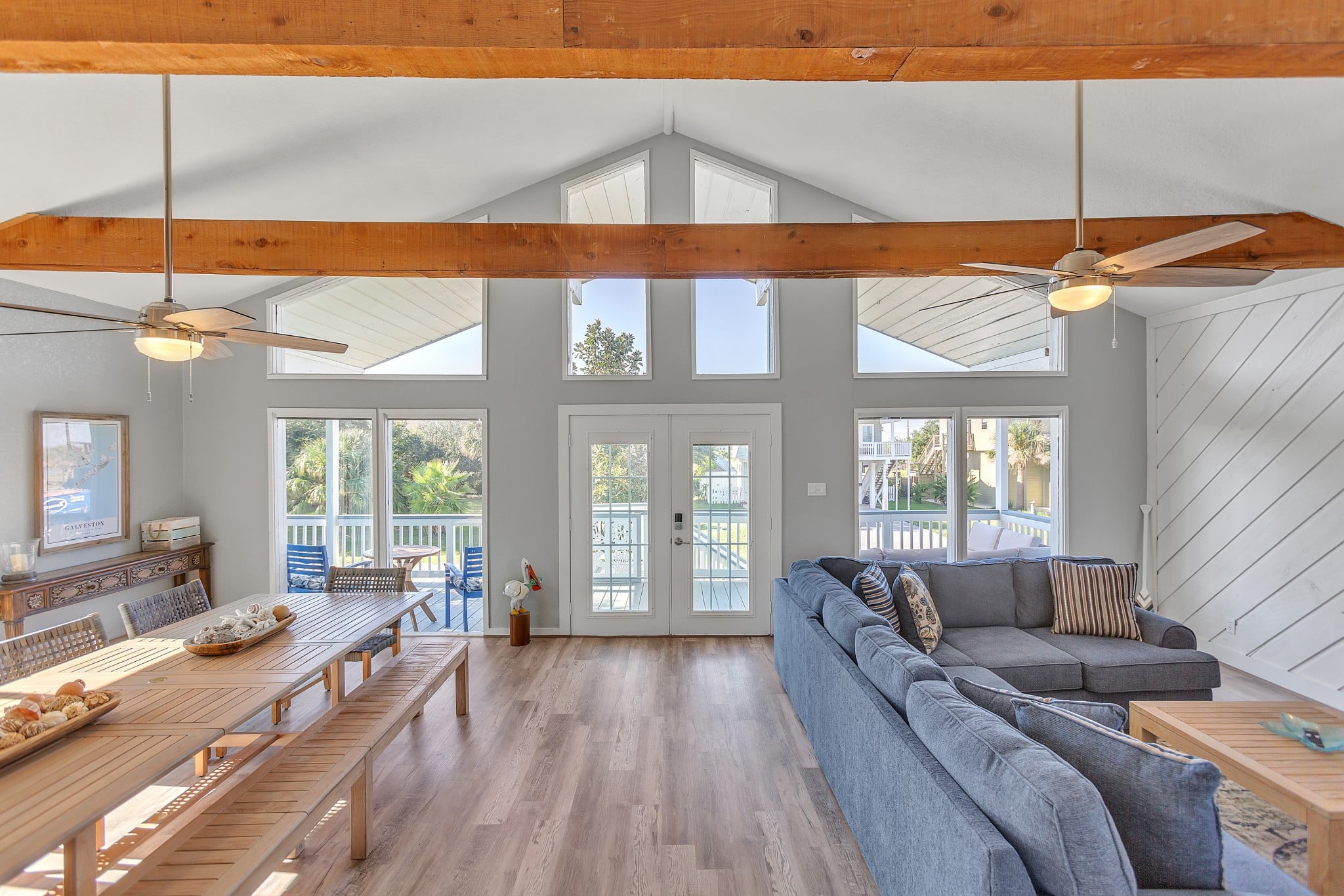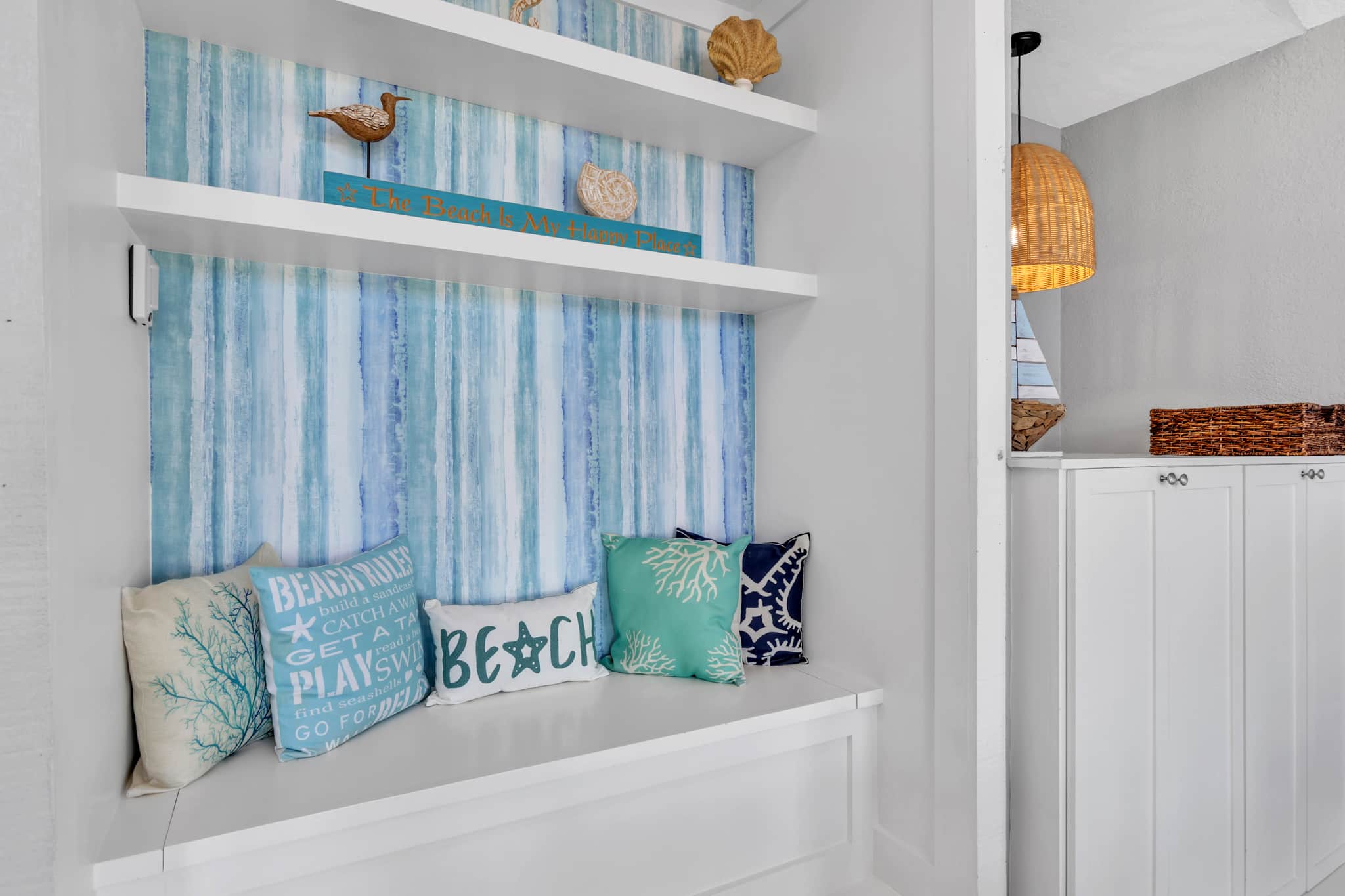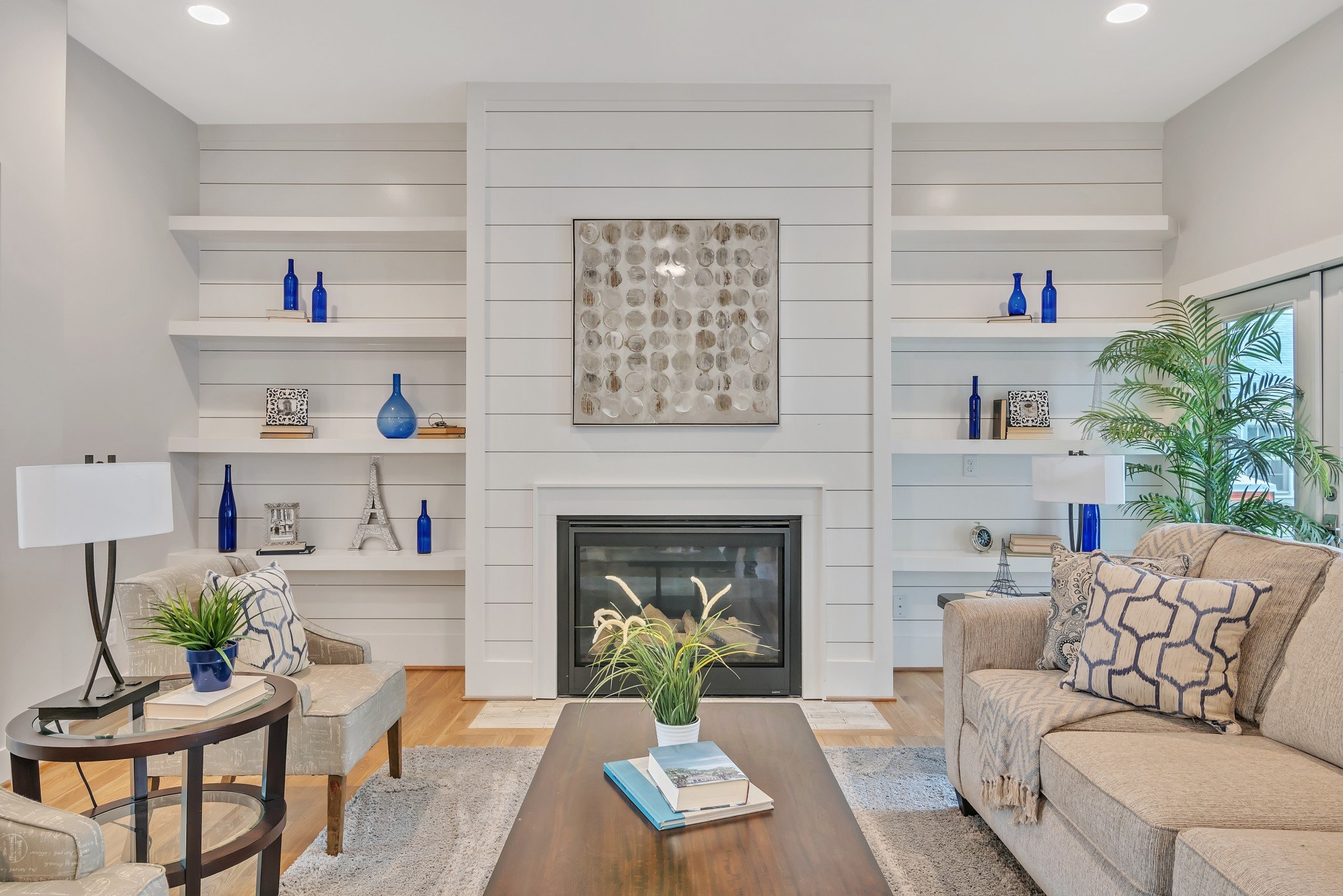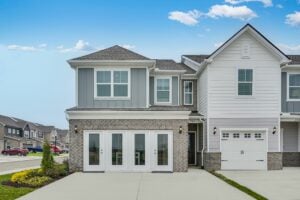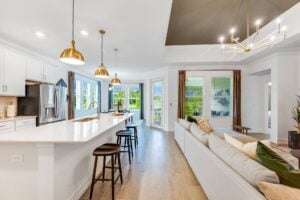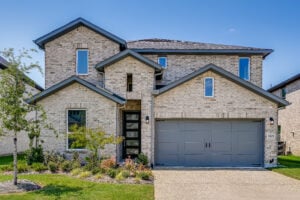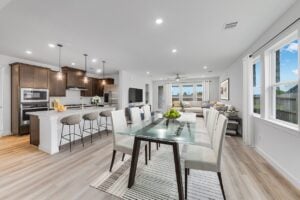In today’s market, homebuyers are looking beyond just finding a property. They seek homes that narrate a unique story. This is the era where architectural photography plays a pivotal role in transforming houses into narratives that captivate potential buyers.
When an agent uses high-quality photographs to show off a home’s unique architectural features, they are inviting homebuyers into a home’s rich and unique story. The right features turn a property from “just a house” into a setting.
In this post, we’ll cover building a story about a home through detail-focused real estate photography that showcases a home’s architectural details. Ultimately, architectural shots offer an invitation to marvel at a home’s features instead of merely continuing to scroll through listings!
Architectural Photography: Putting the Focus on a Home’s Most Beautiful Features
Architectural photography can be described as a rich and detailed “zooming in” for a property’s features. While it involves the use of creative composition and strategic framing, architectural photography isn’t about using tricks to make a home appear as “more” than it is in person.
It simply draws attention to specific details, textures, and angles that potential buyers might otherwise skip past while scrolling through listing after listing.
Here’s a look at core elements that make architectural photography different from standard real estate photography.
The Importance of Perspective in Showcasing a Home’s Standout Features
The hallmark of architectural photography is the use of the single-point perspective to bring a specific feature into an isolated, still space. This technique invites the viewer to take a moment to stand in awe of the attention to detail, grand scope, or custom touches that define a home.
A skilled photographer will photograph a home’s features from nontraditional angles in order to magnify grandness. Additionally, a photographer with an understanding of architectural photography will utilize light to enhance a home’s architectural touches.
In addition to making use of natural sunlight and moody shadows at optimal times of the day, a photographer will also introduce artificial light to make lines and patterns bolder.
A real estate photographer’s techniques are also important when using photography to showcase unique architectural features. Lenses and filters help to capture the correct perspective. Various filters and reflectors can also be used to balance exposure when utilizing natural light to define a home’s architectural features.
What Should Be Highlighted When Showcasing Unique Architectural Features in Real Estate Photography?
Generally, architectural photography should be used in portions of a home’s interior or exterior that are visually or architecturally striking. These are usually the “standout” features of a property that give it a high-end, historic, or unique quality that’s different from 90% of home’s on the market.
Some architectural elements that can be highlighted when boosting a home’s market appeal include:
- Stained glass.
- Spiral staircases.
- Fireplaces.
- Loft spaces.
- Tray ceiling.
- Exposed beams.
- Pillars.
- Decorative moulding.
- Enclosed porches and sunrooms.
- Custom kitchen cabinetry.
- Built-in shelving.
Of course, an experienced photographer understands the difference between highlighting a feature of architectural interest and emphasizing the mundane. One mistake that’s far too easy to make is to emphasize small details that don’t speak to the overall grandness or quality of a home’s design.
The viewer should never question “why” an area of a home is being highlighted. When done properly, architecturally focused photography tells an intentional story about a home’s unique value compared to other properties on the market.
Photographing Architectural Features Brings the “Wow” Factor to Residential Real Estate Listings
On a subconscious level, architectural photography tells homebuyers that this home deserves to be elevated. For agents and sellers, this can lead to higher offers because there is a sense that a home is a rare gem that was designed intentionally by its architects. For the buyer, there is a fear of missing out because a home like this may never come on the market again.
Ultimately, accentuating a home’s architectural features gives buyers the feeling that they have a chance to tour a home that is something that can usually only be found in books or magazines.

